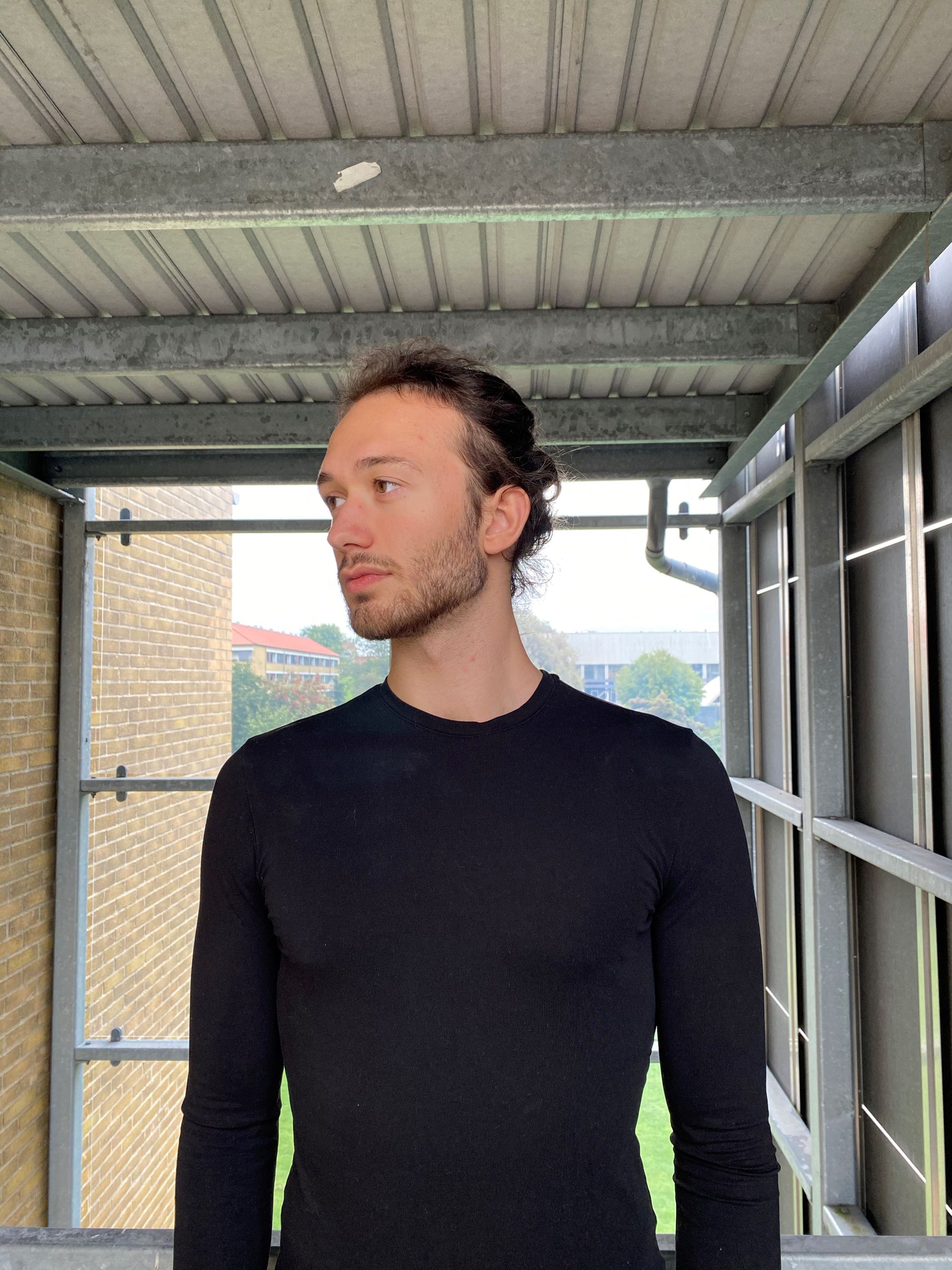Over-the-Shoulder Shot Explained – What Is It & How to Use It
Hire film gear from local filmmakers.

Hire film gear from local filmmakers.
The over-the-shoulder (OTS) shot is among movies and television's most popular shooting techniques. However, it's frequently employed without the correct implementation of technology and cinematic language.
We'll now deconstruct the psychology such that your OTS photos convey an emotional message.
Want to learn how to create movies? Learn all about filmmaking in this article.

What is an over-the-shoulder-shot (OTS)?
An over-the-shoulder shot is a camera angle that provides a moderate close-up solely on a single actor while also revealing a portion of the shoulder of another character.
This cinematography method blends the facial gestures of one character with the point of view (POV) of the other in a single shot. The addition of the back of the shoulder allows viewers to grasp the spatial relationships between two subjects while still getting a deeper look at each subject's face.
Some OTS shots show an actor's shoulder (or the side of their head) in soft focus while the person speaking is in fine focus. Other OTS pictures hint at the existence of a foreground actor but do not include them in the shot.
Over-the-shoulder-shot uses
- Provide a fresh perspective and position the spectator.
- In a dialogue, generate intimacy between two main characters.
- Make note of how others respond in a discussion.
3 types of over-the-shoulder-shots
1. Shot size
The majority of OTS shots are standard-size shots, although, in most circumstances, you can broaden the shot.
In an intense conversation, you can indeed pull in for a close-up.
2. Dirty single vs clean over
The main character's shoulders or head comes in less focus near just in front of the picture in a single dirty shot.
The central figure isn't entirely visible in the clean overshot, although their presence is indicated.
3. Camera angle
An OTS shot is typically captured at eye level, with both performers' eye levels roughly matching up.
Nevertheless, individuals are of varying heights in actual situations and aren't mostly face-to-face.
Picking a low-angle shot or a high-angle shot to record these scenes or enhance the emotional depth of a moment will add to your OTS moment.

How to film an over-the-shoulder-shot
1. Stage your first shot
Begin by framing the initial shot around the character whose facial expressions you'd like to highlight.
Bring the other character into the forefront once you've captured that person in the maximum possible light so that you can shoot a snippet of their shoulder or head in soft focus.
You don't have to position this foreground actor if you're aiming for a clean-over picture.
2. Determine your camera placement
Over-the-shoulder shots are typically taken from behind the off-screen subject's shoulders. Based on that scenario and the message you want to convey, you can be artistic with this.
If the foreground character is holding a rifle, for illustration, you might wish to switch to the over the hipshot, in which the subject's hip is in focus rather than their shoulders or head.
3. Set up the reverse shot
The majority of OTS shots are primarily in duo. We peer over the shoulders of one actor to the countenance of another.
Then we switch viewpoints and concentrate on the face of the other actor. This eliminates the need for camera angles by allowing you to scale back and forth.
4. Line up the actors’ eye levels
When the opposing actors' eyelines are aligned, OTS shots are genuinely effective.
You'll want to keep this eye-level synchronization in mind if you're shooting an over-the-shoulder shot from a low or high perspective.
5. Keep things in proportion
Generally, the person looking at the camera should take up a third of the screen.
OTS images will have a massive effect when combined with the other, more limiting angles. You may vastly enhance your cinematography by understanding how to use it and film over-the-shoulder shots.
As a result, it is among the first shots every cinematographer learns.

Up next: Explore 50+ camera shots
In this article, we went through what is an OTS shot, the different types of OTS, and how to use it in film.
Explore 50+ different camera shots in this article!
What is an over the shoulder shot?
It is a shot in the film that offers us an actor's viewpoint but also captures part of the other character's shoulder or side of the head.
What does an over the shoulder shot convey?
It conveys the perspective or viewpoint of what a character feels and sees about the foreground actor.






















